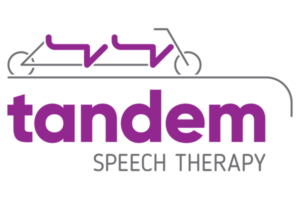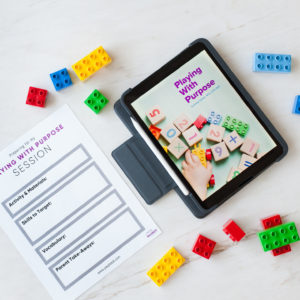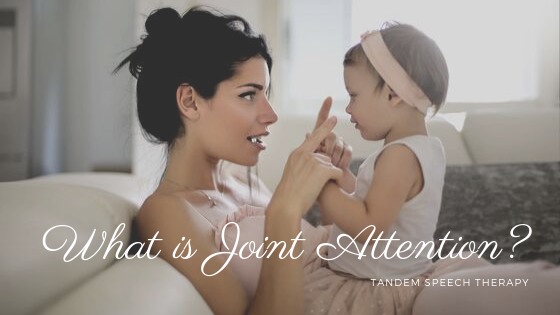
What is joint attention?
Joint attention (JA) is the sharing of an experience between a child and their communication partner. It is also called shared attention and occurs when two people focus on the same thing.
Joint attention can look and sound like many things. But in all instances, it occurs when one person draws another person’s attention to an object or an event. Joint attention can be your daughter’s words calling out, “Hey, dad.” It could be your son looking at you and pointing at his favorite toy up on a shelf. And JA can be non-verbal communication. For example when you are sitting across from your child playing with their shape sorter, and they look up at you and then back at the toy to be sure you saw them put the blue square in the top.
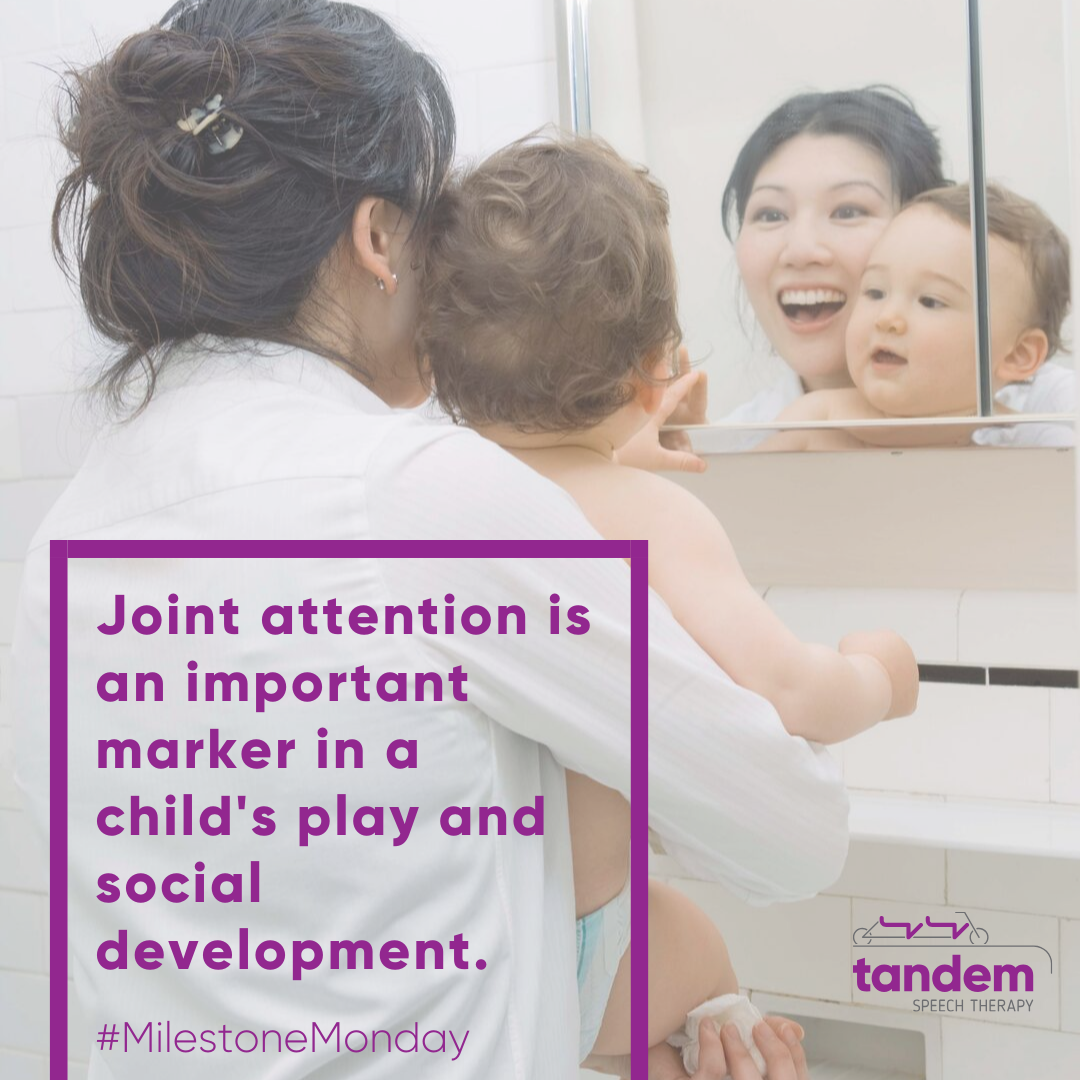
Joint attention can also be a response, unlike the examples above, which are a child using joint attention to initiate an interaction. If your son is happily playing on the floor with his toys and you call out his name when he stops to look up at you, that is a JA response. Or when you point at something to call your daughter’s attention to it, and she follows your pointing with her eye gaze, that is a response using joint attention.
In babies with typical developmental patterns, joint attention emerges around 9 months and is firmly established between 12 and 18 months.
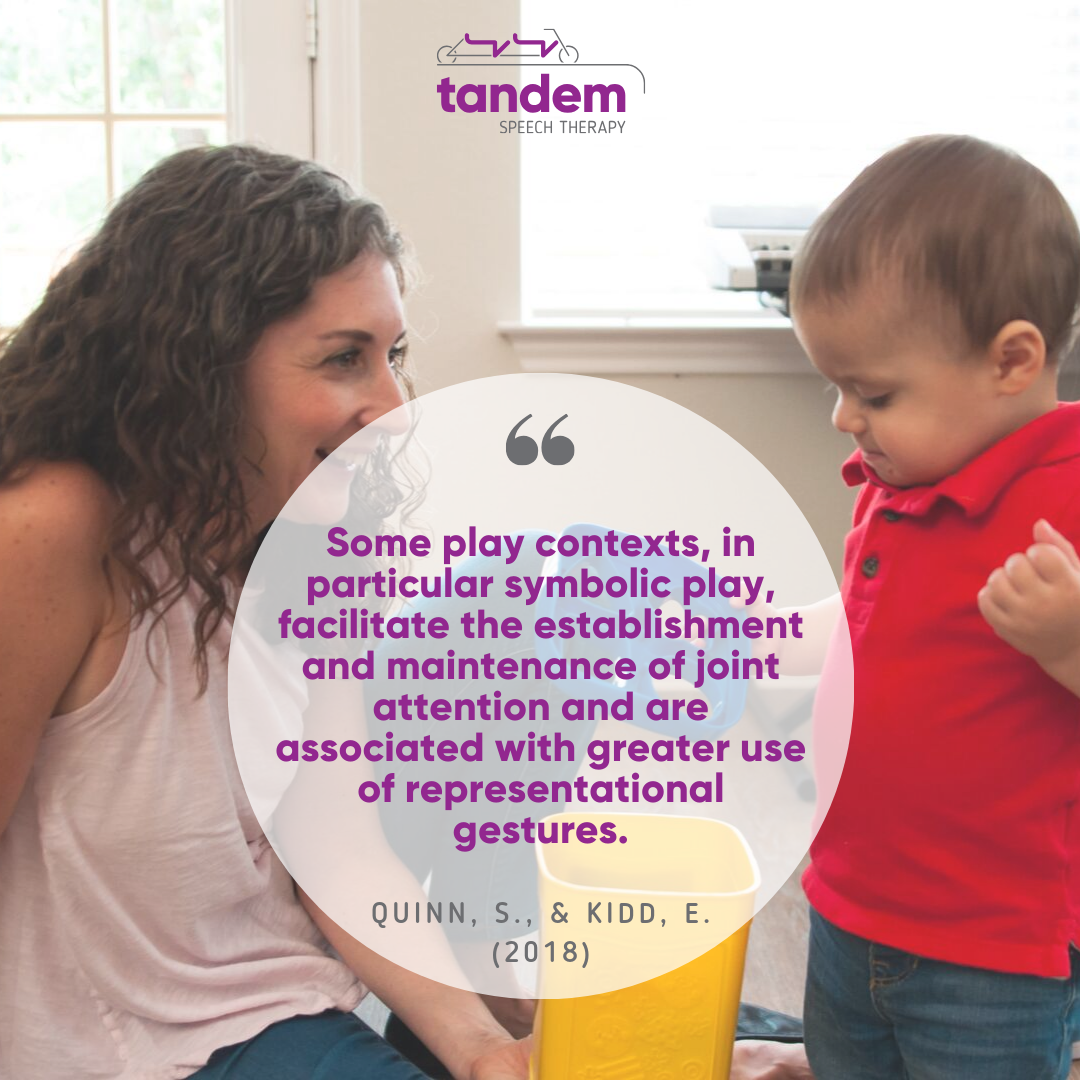
Why is JA so important?
Joint attention falls under social communication or social skills. We use our social skills to interact with others. And communication is precisely that, a way to interact with others. As we learn from The Hanen Centre, interaction comes before language. That means we have to establish interaction and engagement before a child can learn language from us.
Laura Mize has a beautiful way that she explains this concept to parents:
- Listening leads to understanding language.
- Understanding language leads to using language.
- Using language (such as gestures, facial expressions, eye gaze) leads to talking.
This is how speech and language skills grow.
Tips for Encouraging Joint Attention:
- Give your child a reason to include you in their play. Get down on the floor, at their level, and make yourself fun to look at AND sound fun to listen to. Try this out using bubbles. Blow a bubble and catch it on the bubble wand, then hold it right in front of your eyes. As soon as your child looks at you, reward their attention–the joint attention. Sometimes I will make a loud popping sound with my mouth to grab a child’s attention, too.
- Model gestures, like pointing, frequently in your interactions with the child. Trying pointing to a toy that your daughter likes and say, “look,” in an anticipatory or rising tone. At first, you may need to turn her head gently toward the toy. When she looks at the toy, play with it, or give her the toy right away. The more frequently you engage in this interaction, the more she will understand what you expect when you say “look.” And after a while, she will begin to point and say “look” to draw your attention to something.
Remember, we need to establish social skills like JA, eye contact, and use of gestures before we can anticipate a child to use language.
Start Playing With Purpose
Learn how to purposefully and intentionally interact with your child during play and help them increase opportunities for speech and language development with our Playing with Purpose book!
